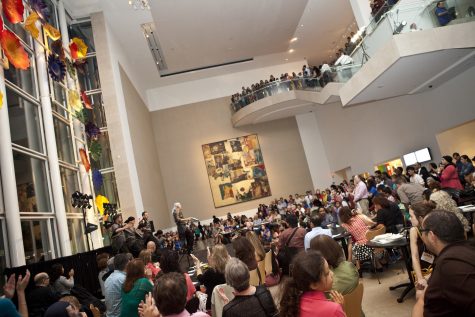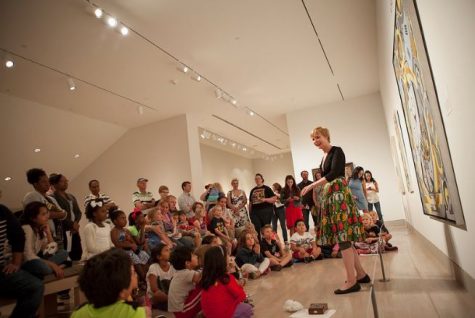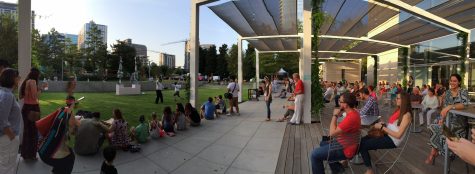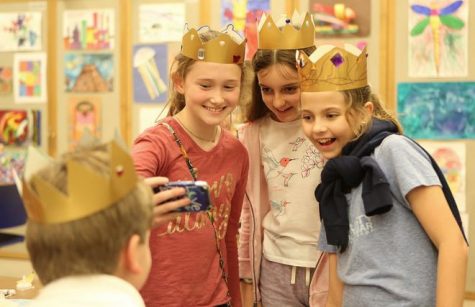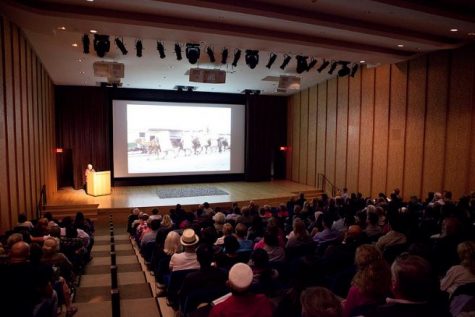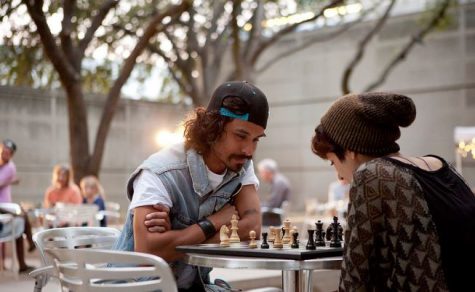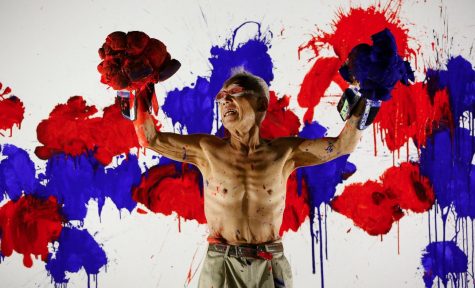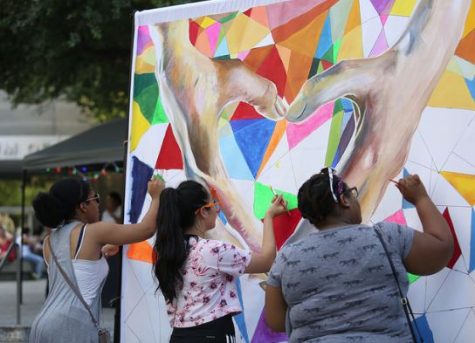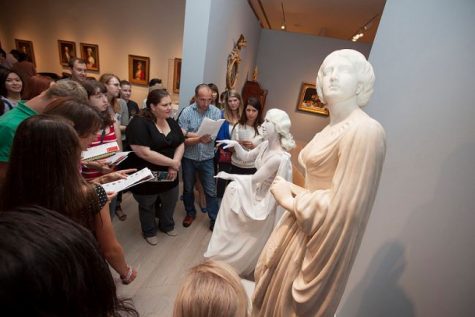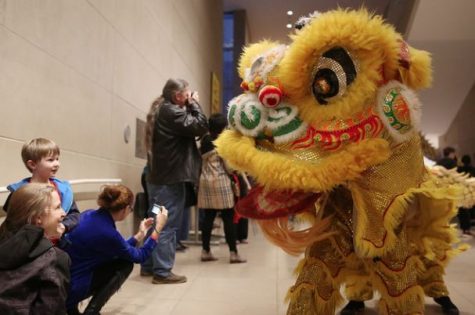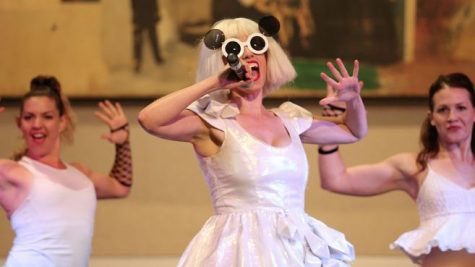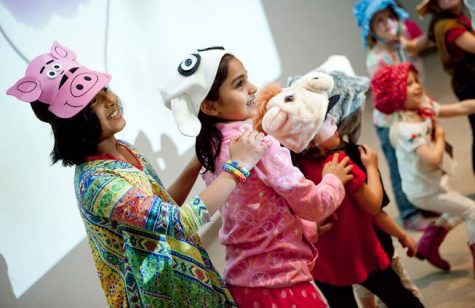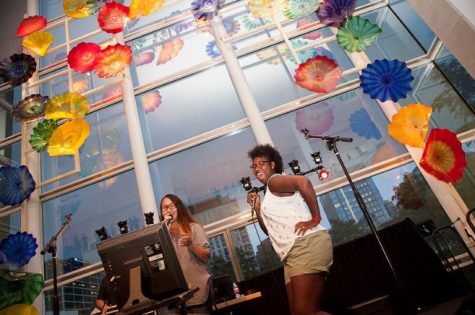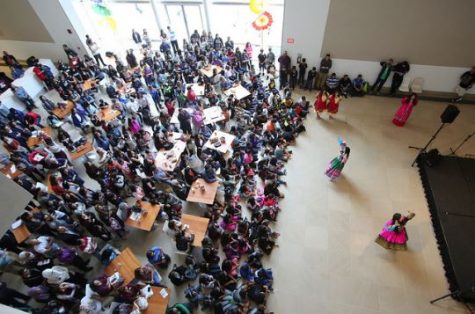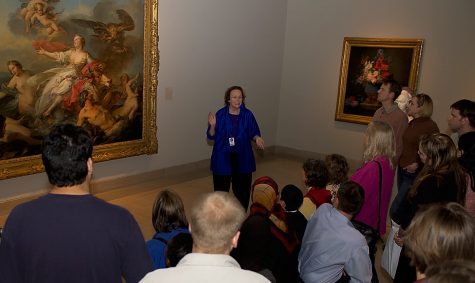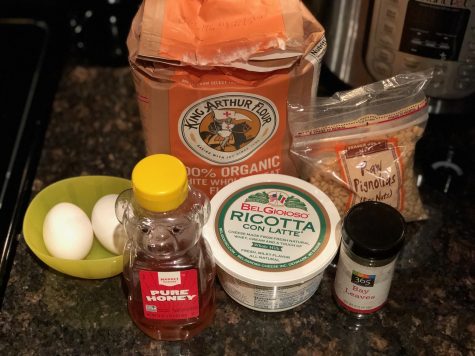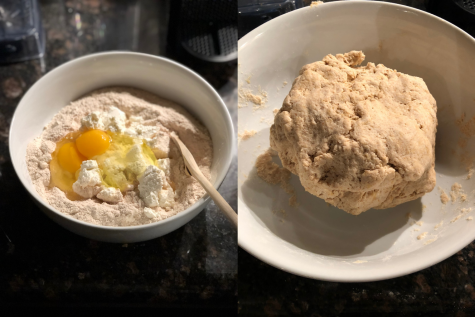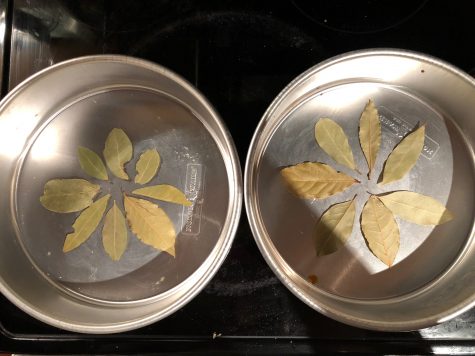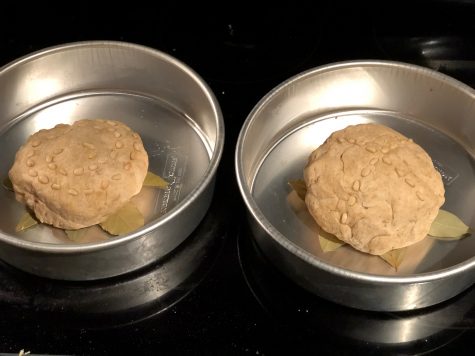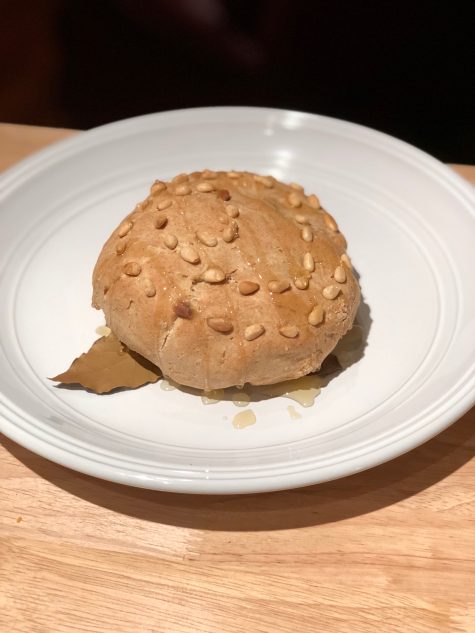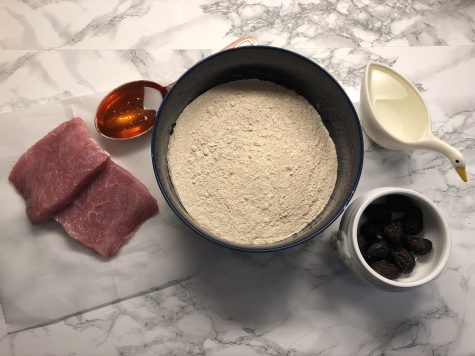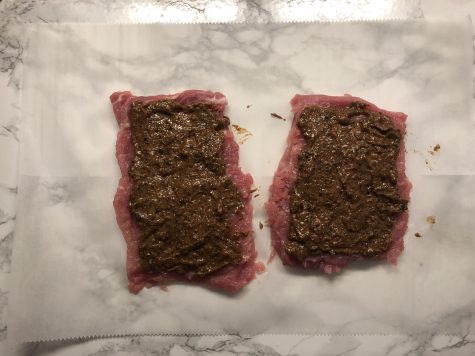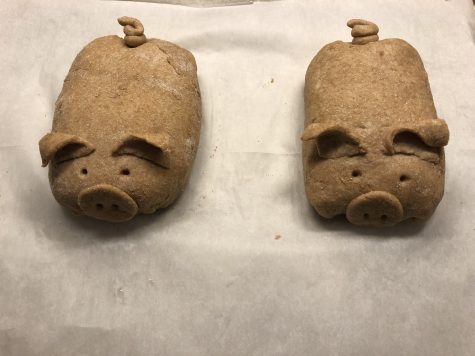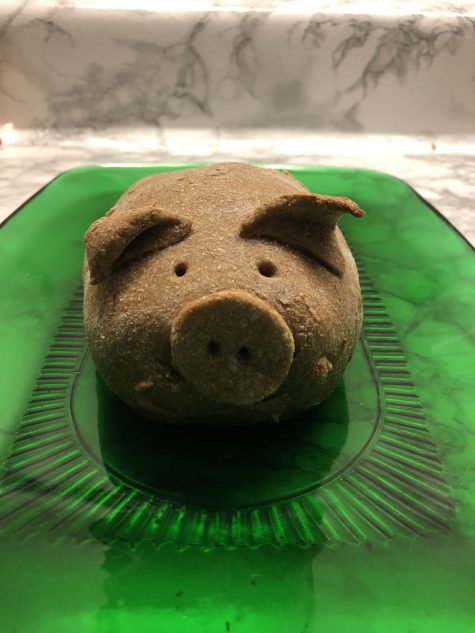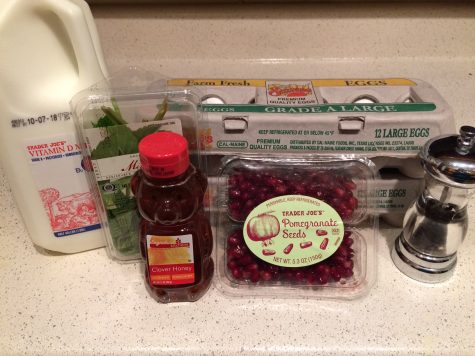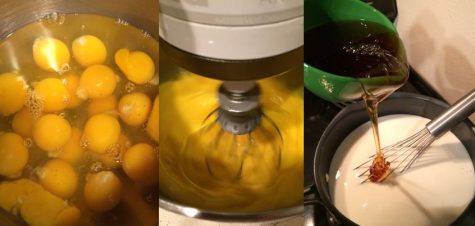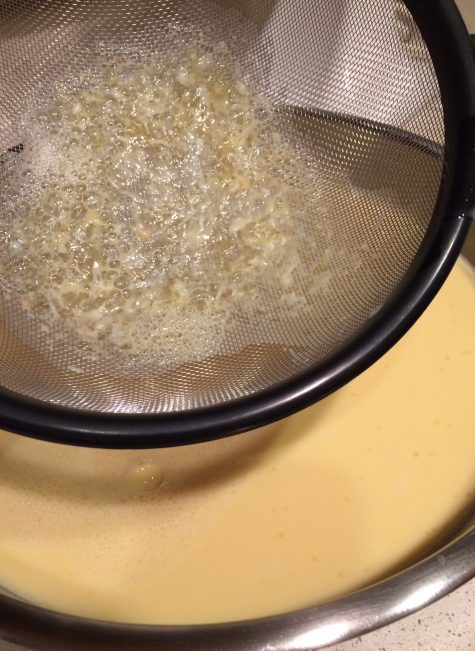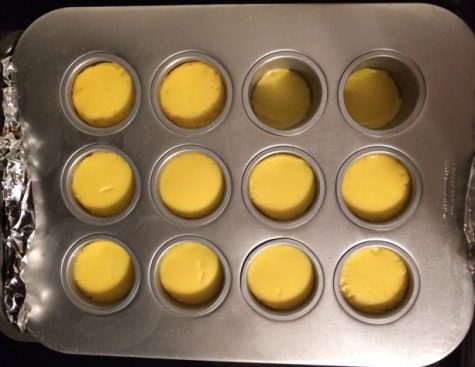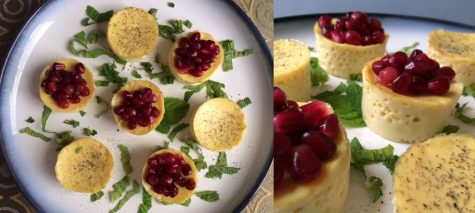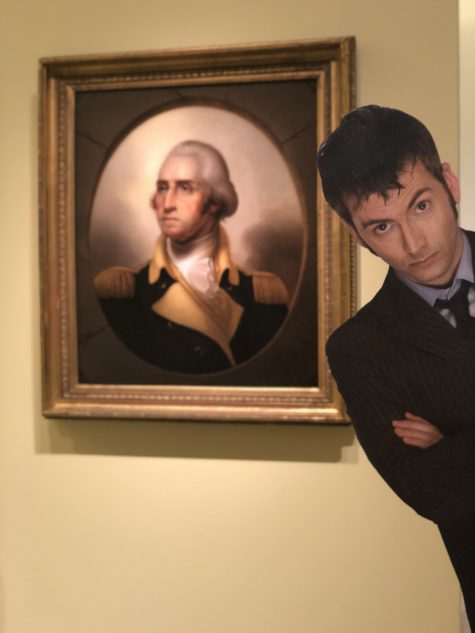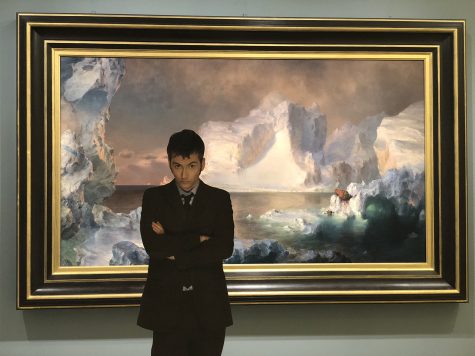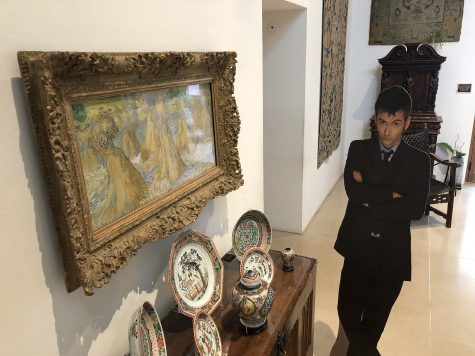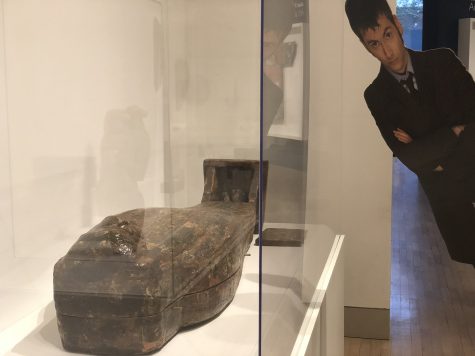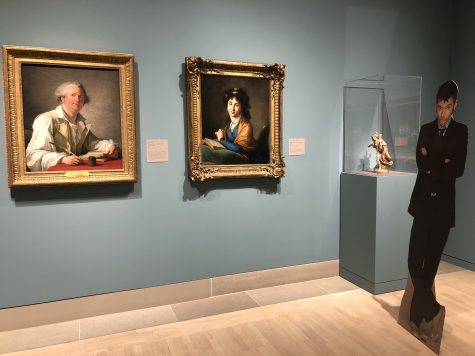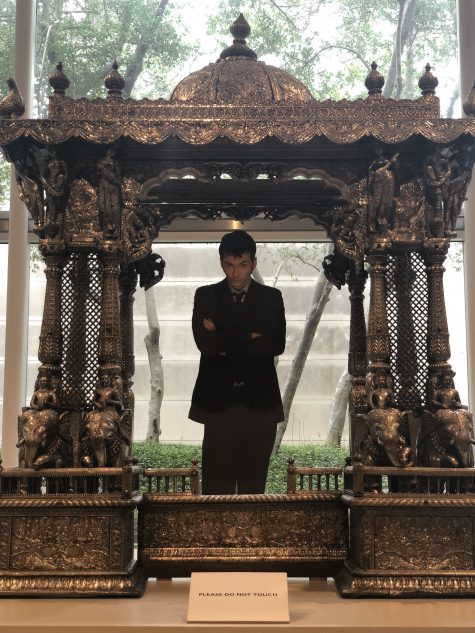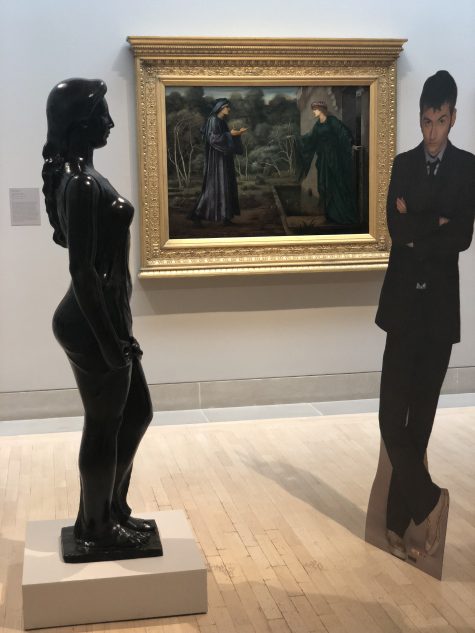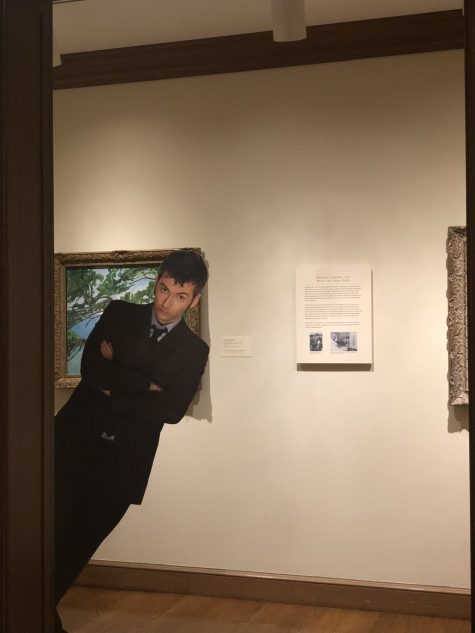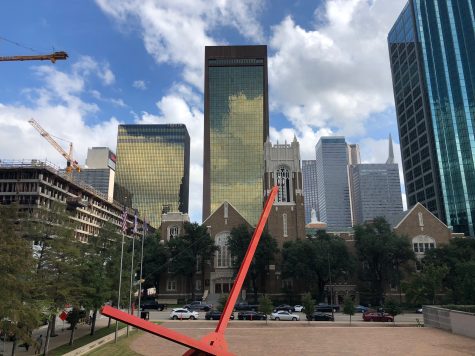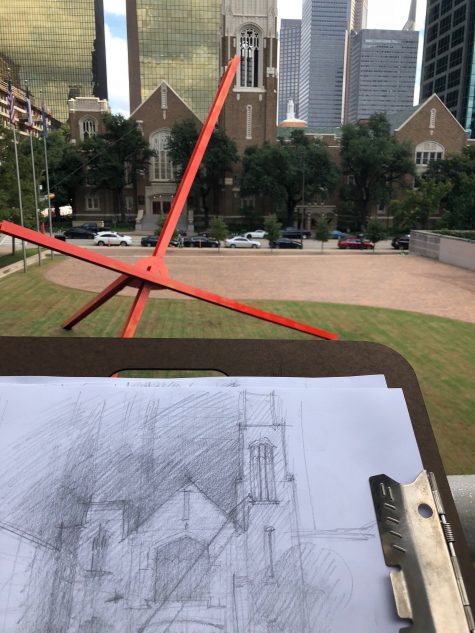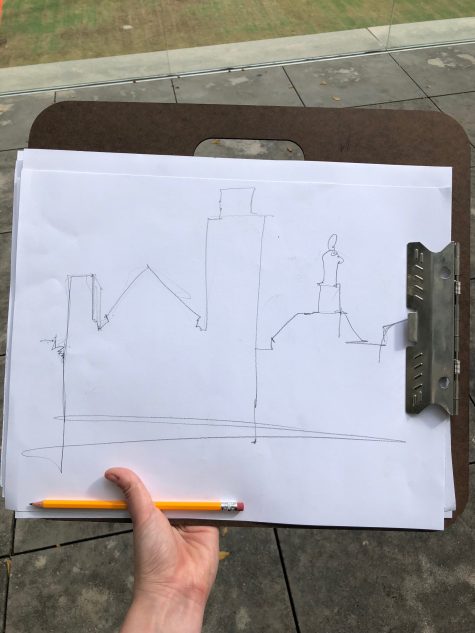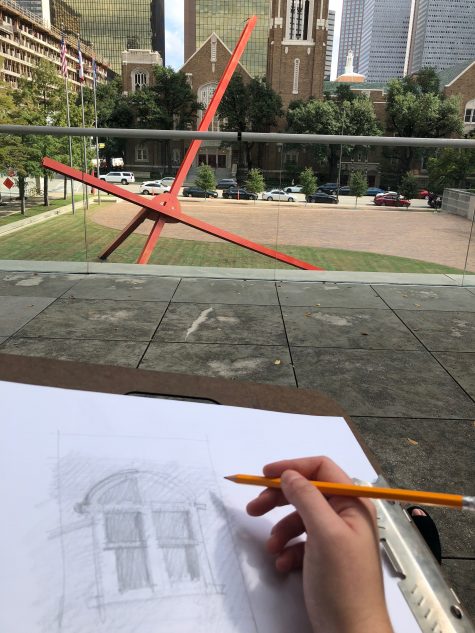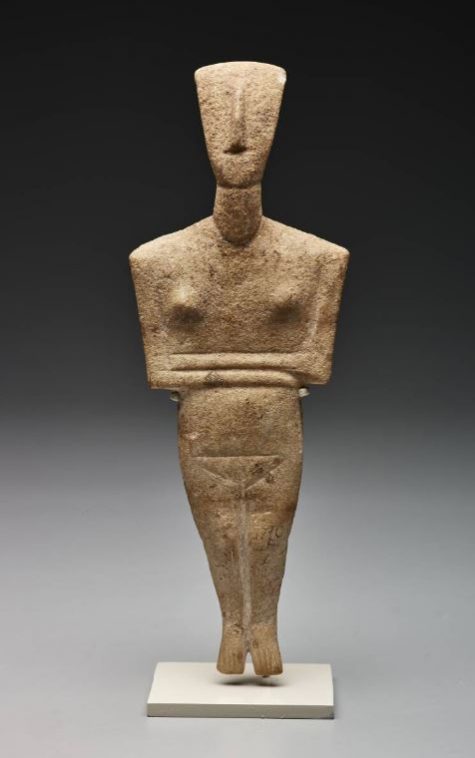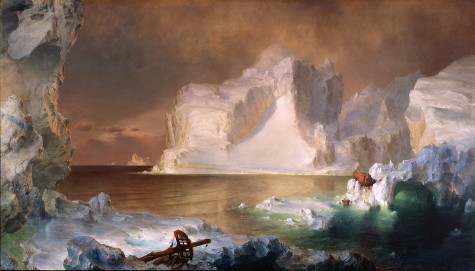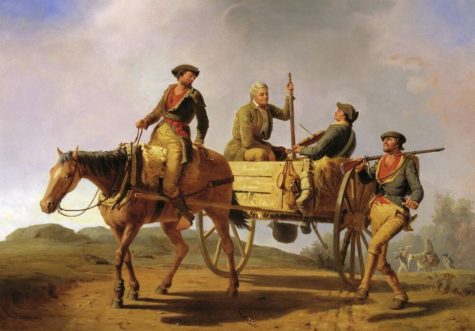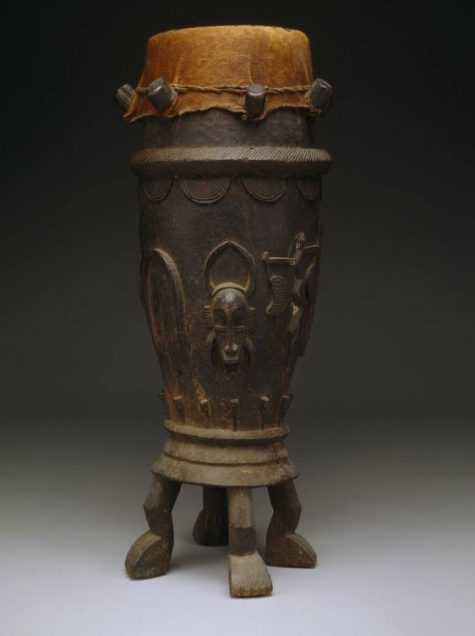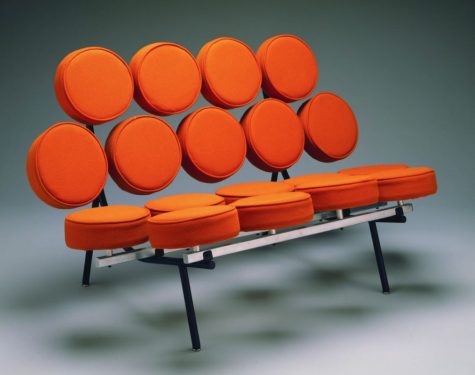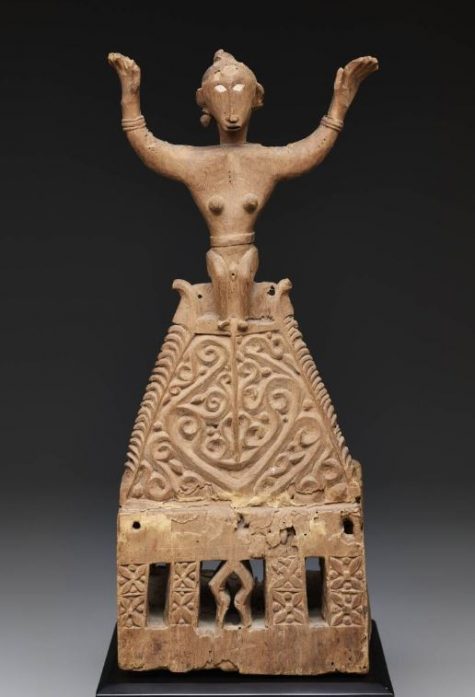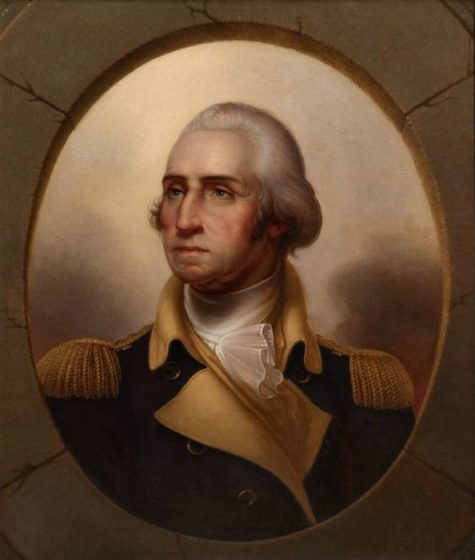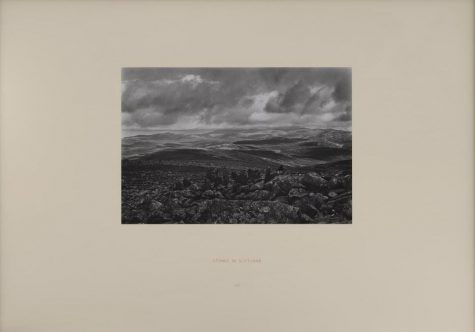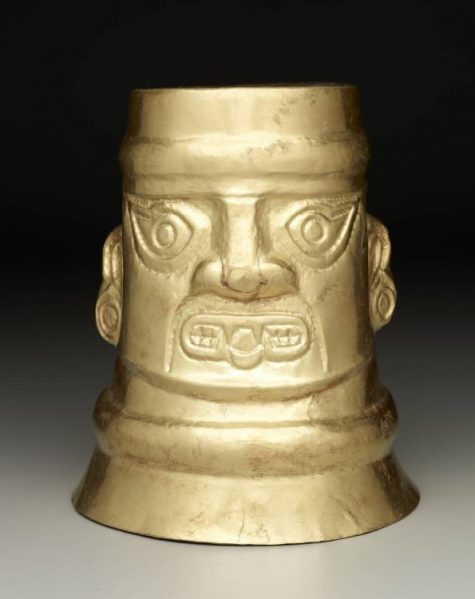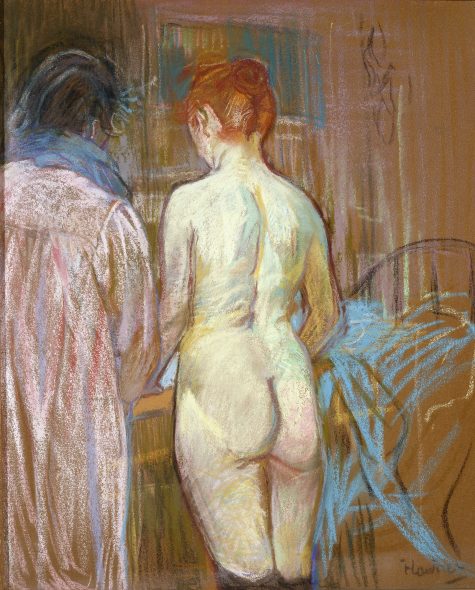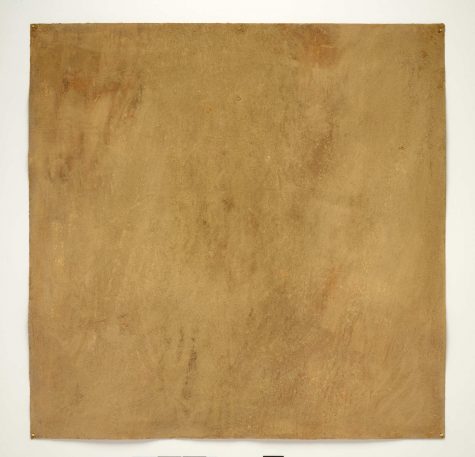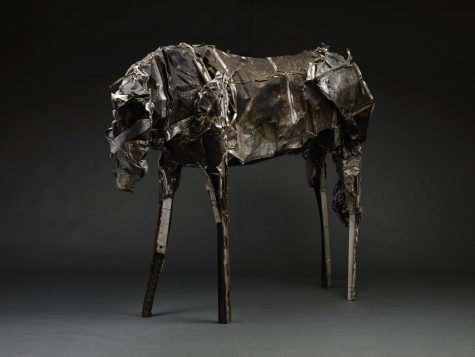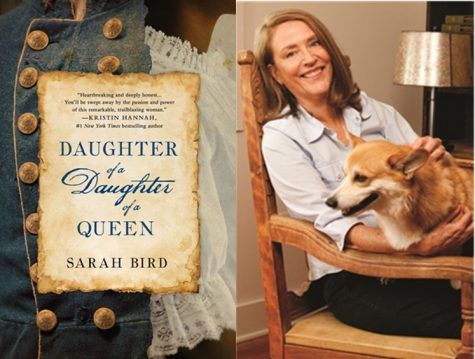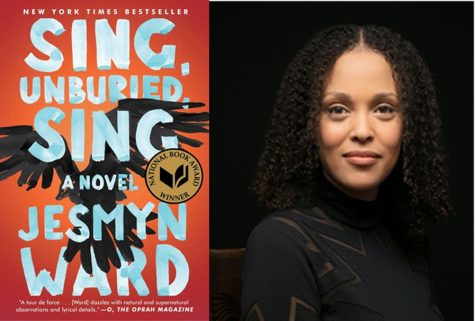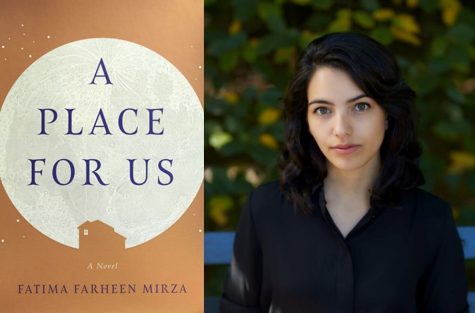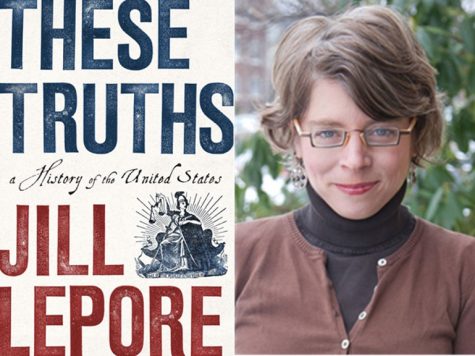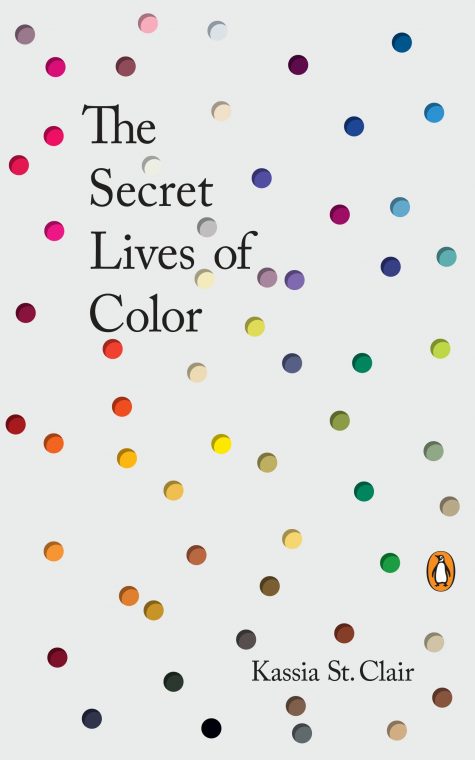This week the DMA’s beloved Late Night program turns sixteen! In celebration of each year the program has been around, let’s take a look at artworks that were added to the permanent collection during those years—they are also currently on display, so be sure to keep a lookout for them when you’re here for Late Night!
2004
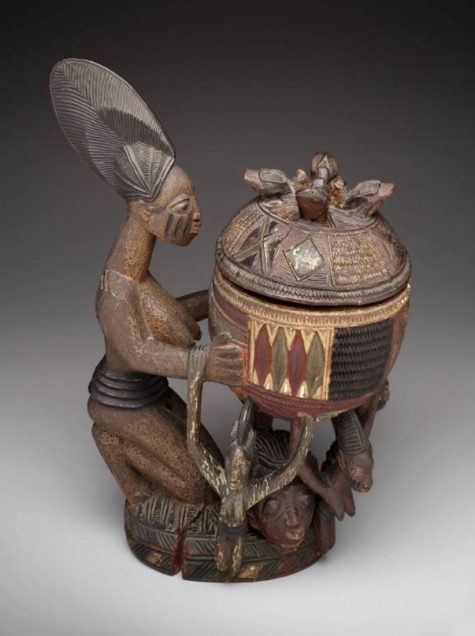
Olowe of Ise, Kneeling female figure with bowl (olumeye), Nigeria, c. 1910-c. 1938, wood, pigment, and paint, Dallas Museum of Art, The Eugene and Margaret McDermott Art Fund, Inc., 2004.16.McD
2005
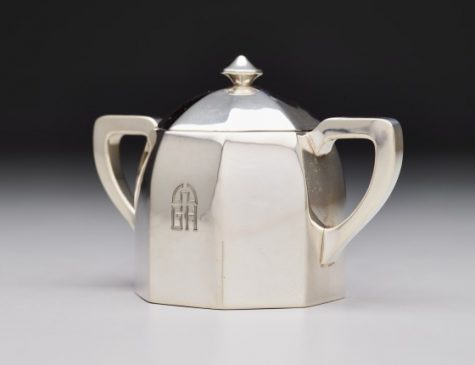
Sugar bowl, Lebolt & Co., Chicago, Illinois, c. 1915, silver, Dallas Museum of Art, gift of Marguerite and Robert K. Hoffman in honor of Nancy Hamon, 2005.51.5.a-b
2006
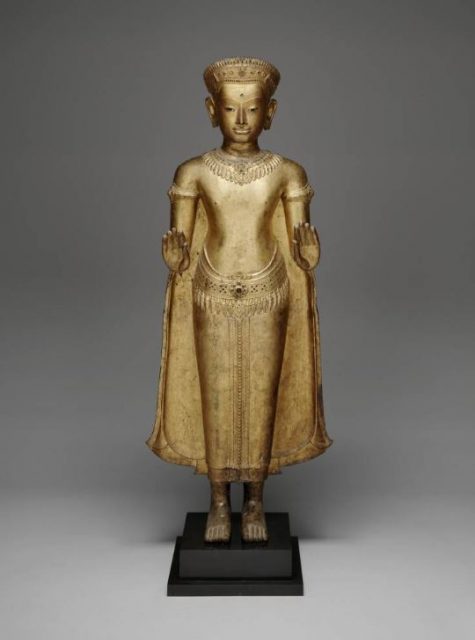
Buddha Sakyamuni, Thailand, Khmer, c. 13th century, gilded bronze, Dallas Museum of Art, gift of David T. Owsley via the Alvin and Lucy Owsley Foundation, the Cecil and Ida Green Acquisition Fund, and Bromberg Family Wendover Fund, 2006.21
2007
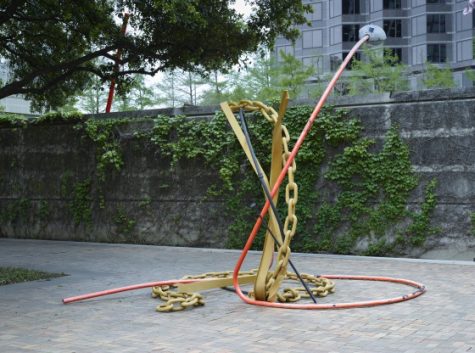
Mark Handforth, Dallas Snake, 2007, steel, aluminum, and glass lamp head, Dallas Museum of Art, TWO x TWO for AIDS and Art Fund and Lay Family Acquisition Fund, 2007.39
2008
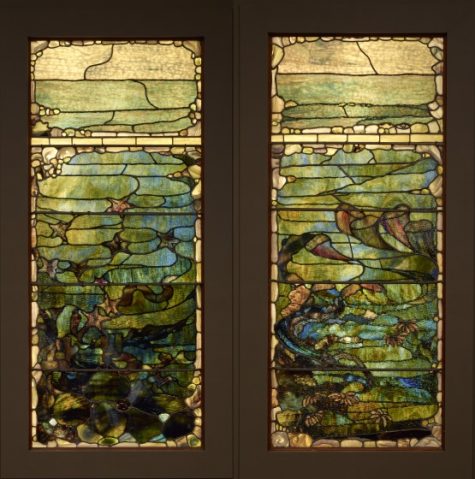
Window with Sea Anemone (“Summer”), Louis Comfort Tiffany (designer), Tiffany Glass and Decorating Company (manufacturer), New York, New York, c. 1885-95, glass, lead, iron, and wooden frame (original), Dallas Museum of Art, The Eugene and Margaret McDermott Art Fund, Inc., 2008.21.1.McD
2009
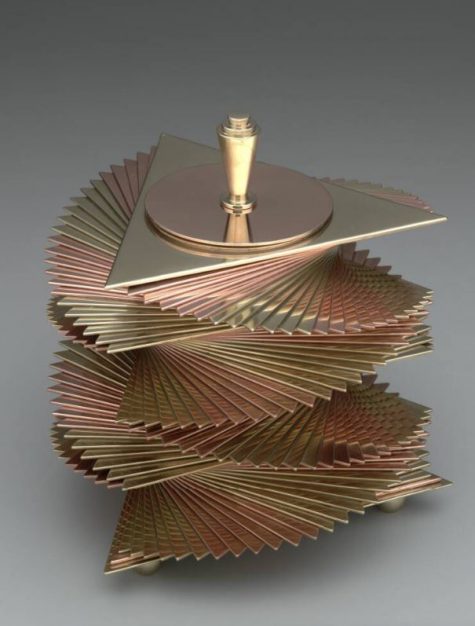
Box, John Nicholas Otar (designer), c. 1933, copper and brass, Dallas Museum of Art, Discretionary Decorative Arts Fund, 2009.7.a-b
2010
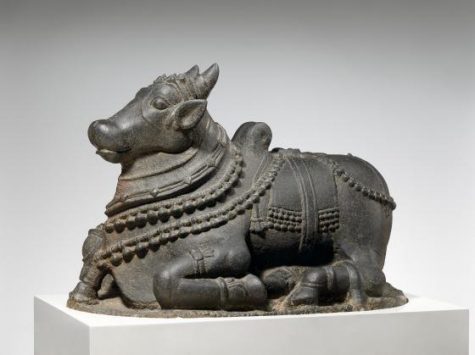
Nandi, India, c. 13th century, granite, Dallas Museum of Art, the Cecil and Ida Green Acquisition Fund and gift of David T. Owsley via the Alvin and Lucy Owsley Foundation, 2010.6
2011
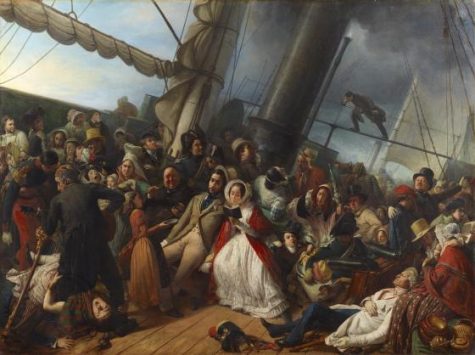
François-Auguste Biard, Seasickness on an English Corvette, 1857, oil on canvas, Dallas Museum of Art, gift of J. E. R. Chilton, 2011.27
2012
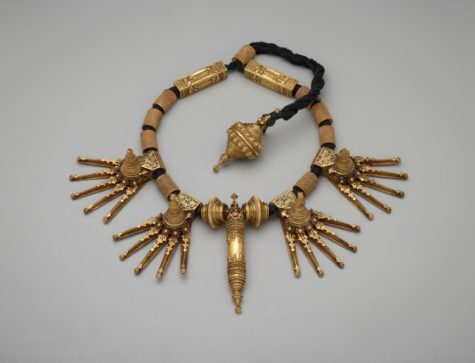
Marriage necklace, India, Tamil Nadu, late 19th century, gold, Dallas Museum of Art, gift of David T. Owsley honoring Dr. Anne Bromberg via the Alvin and Lucy Owsley Foundation and the Cecil and Ida Green Acquisition Fund, 2012.46
2013
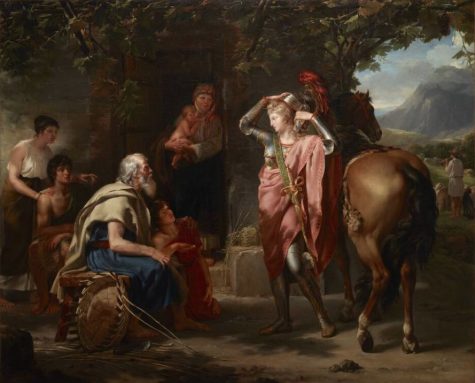
Guillaume Lethière, Erminia and the Shepherds, 1795, oil on canvas, Dallas Museum of Art, Foundation for the Arts Collection, Mrs. John B. O’Hara Fund, 2013.1.FA
2014
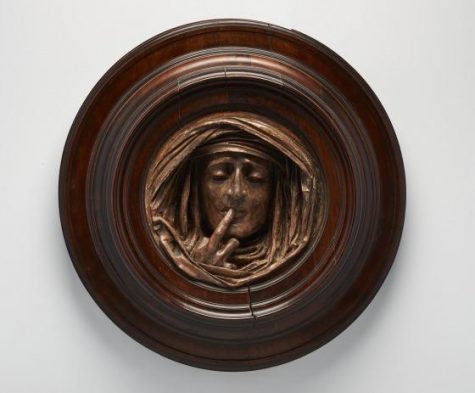
Antoine-Augustin Préault, Silence, c. 1842, patinated plaster, Dallas Museum of Art, The Mr. and Mrs. George A. Shutt Fund and General Acquisitions Fund, 2014.10
2015
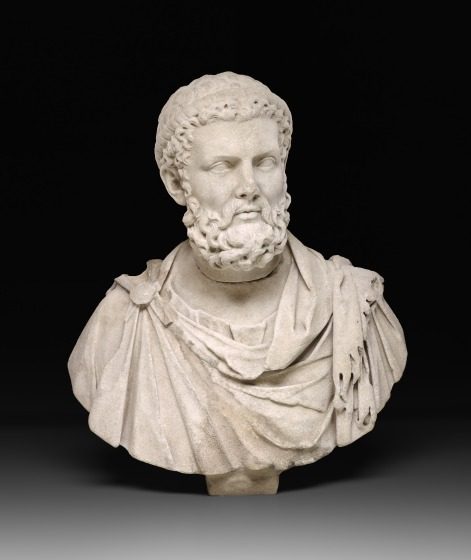
Bust of Herakles, Roman, Lambert Sigisbert Adam (restorer), 1st century-2nd century CE, marble, Dallas Museum of Art, the Cecil and Ida Green Acquisition Fund, gift of David T. Owsley via the Alvin and Lucy Owsley Foundation, and Bromberg Family Wendover Fund, 2015.31
2016
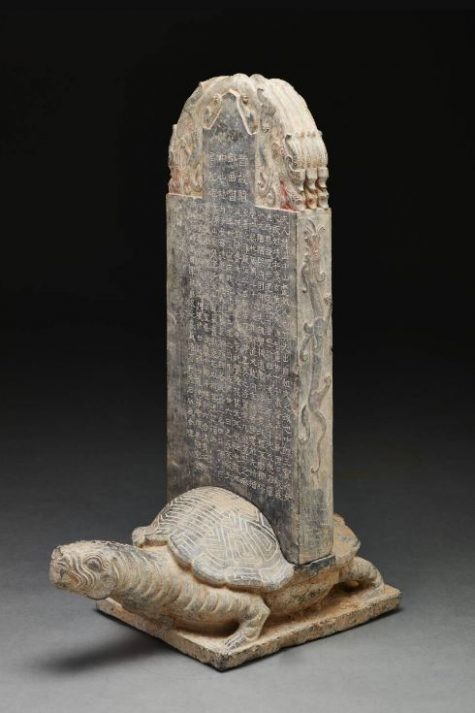
Tomb plaque marker on a tortoise base, China, c. 219-c. 316 CE, limestone, Dallas Museum of Art, the Cecil and Ida Green Acquisition Fund, 2016.33.a-b
2017
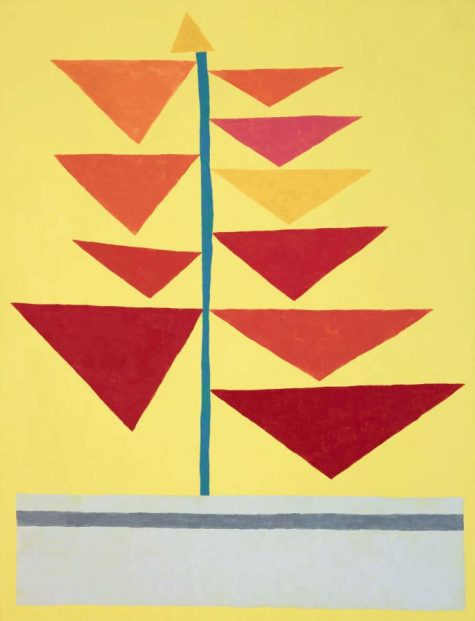
Jonas Wood, Untitled (Big Yellow One), 2010, oil on linen, Dallas Museum of Art, gift of Vernon and Amy Faulconer, 2017.45.2, © Jonas Wood
2018

Pair of six-panel folding screens depicting “The Tale of Genji,” Japan, Kano School, 16th-17th century, ink and color on paper, Dallas Museum of Art, gift of David T. Owsley via the Alvin and Lucy Owsley Foundation, Bromberg Family Wendover Fund, and the Cecil and Ida Green Acquisition Fund, 2018.21.1-2
Valerie Chang is the McDermott Intern for Adult Programming at the DMA.

